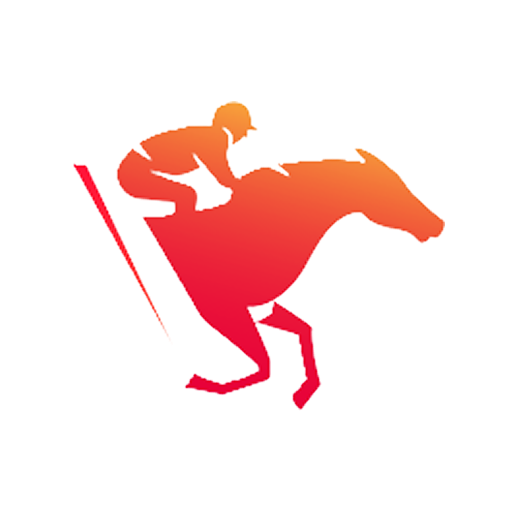



SARGA.CO – Horse racing may seem like a pure test of speed between horses, but behind the thrilling races lies a powerful force shaping the champions of tomorrow: sports science.
As technology and research evolve in the world of athletics, horse racing is galloping forward, too. From heart rate to stride mechanics, everything is now monitored and analyzed in the pursuit of peak equine performance.

One of the key tools in equine sport science is heart rate tracking. Much like in human athletes, a horse’s heart rate reveals crucial data about fitness, stress levels, and race readiness.
Wireless heart monitors are now commonly used to record a horse’s response during warm-ups, sprints, and recovery periods. This data helps trainers:

Running style isn’t just about speed—it’s about efficiency. With high-speed video and motion tracking technology, trainers can now evaluate:
Stride length: The longer and more consistent, the faster the acceleration
Stride rate: Elite racehorses usually strike a perfect balance between length and frequency
Balance and symmetry: Any asymmetry in leg movement may signal a developing injury
Based on these insights, training routines—like hill work, short bursts, or even aquatic therapy—can be tailored to improve specific biomechanical deficiencies.
Blood lactate testing has become another crucial tool. During intense exercise, horses build up lactic acid, a byproduct of metabolism. High levels of lactate can indicate overtraining or inadequate recovery.
Monitoring these levels allows trainers to adjust workloads and maintain stamina leading up to race day.
Meanwhile, thermoregulation is equally critical. A racehorse can sweat out up to 10 liters per hour in hot climates. Technologies such as infrared thermography and hydration sensors are used to:

Sports science goes beyond the physical. The mental well-being and behavioral patterns of racehorses are now key considerations. Some high-end stables use:
Behavioral tracking: Monitoring sleep, eating habits, and signs of stress in the stable
Aromatherapy and sound therapy: To calm horses before races
Social interaction: Horses kept in isolation can become anxious and overreact on race day
Armed with this data, trainers can make smarter decisions: when to rest, when to push, and how to prepare a horse not just physically—but emotionally—for competition.
Horse racing is no longer just an art—it’s a science. On the track, victory is measured in seconds. But behind the scenes, it’s earned through a deep understanding of the mind and body of the racehorse.











Market value expected to reach US$1.73 billion by 2035
Read More

When all eyes were on the race favorites, Mine That Bird came in as the ultimate underdog.
Read More










































Install SARGA.CO News
sarga.co